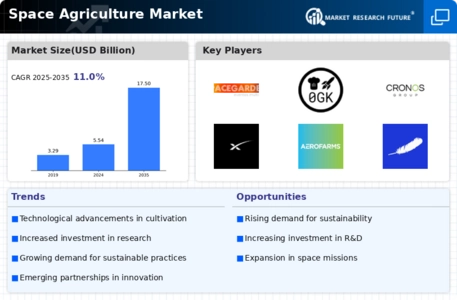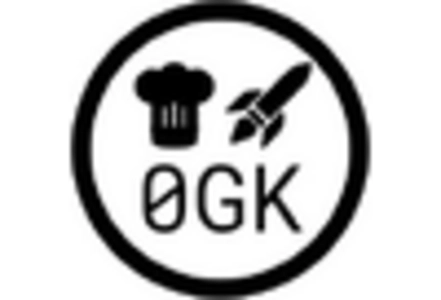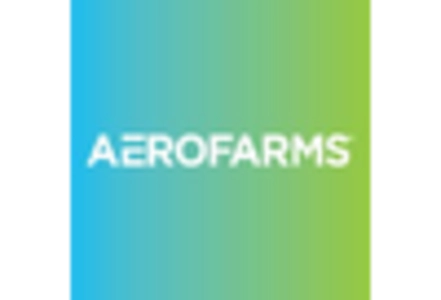Space Agriculture Size
Space Agriculture Market Growth Projections and Opportunities
Space agriculture market is largely influenced by advances in technology. The need for sustainable food production in space missions is a primary growth propeller. The crucial need for sustainable food production during space missions is another major driving force. One of the greatest challenges is how to plant and grow crops in space. This requires the means to cultivate, the materials to grow crops in space, and the ability to recycle resources. Driven by the need to stay supplied in the void, the methods of space agriculture have become more and more refined and complete, and space agriculture eventually provides fresh produce. This is a vital factor in determining the market trends for space agriculture, and is provided by technological developments. Crop cultivation in outer space is an even more formidable opportunity and challenge, and only with novel approaches in farming methods, such as controlled environment agriculture (CEA), hydroponics, aeroponics, and bioregenerative life support systems the success can be assured. These cutting-edge technologies allow the growth environment to be fine-tuned, natural resources such as water and fertilizer to be optimized, and crops to be produced without recourse to old-fashioned soil. Robotics and automation are also making leaps ahead, improving production efficiency in space farming; as time goes by there are ever-fewer things for people to do, but plants are growing and breathing even more evenly. Various sustainability factors are important to its development of the Space Agriculture market. Plans for space exploration pay special attention to sustainability, which is reflected by efforts to establish closed-loop ecosystems so indeed bring about cases where nutrients cycled back to support plant growth and keep life support systems going. Following the dictates of regenerative agriculture methods is the best way to ensure sustainable production of food. It means that future space endeavors can be more self-sufficient and environmentally responsible. Space Agriculture involves a whole series of market factors, including space agency collaborations, private enterprise partnerships, research institution and agricultural expert interactions. Such collaborative work promotes exchange of knowledge, sharing of resources and technological advances. The speed of innovation is greatly accelerated. All the different elements can have the best of each one with the merger that provides the greatest convergence of expertise and resources. Only it will not be the same clone over and over again.











Leave a Comment